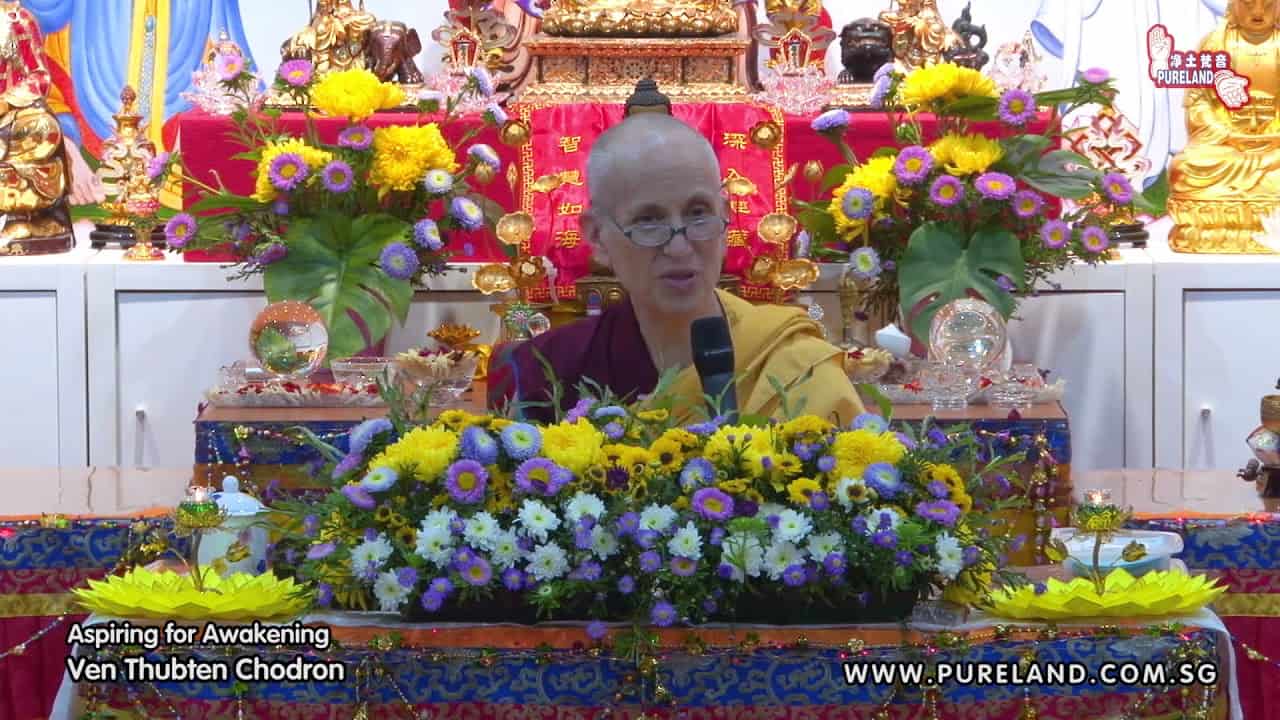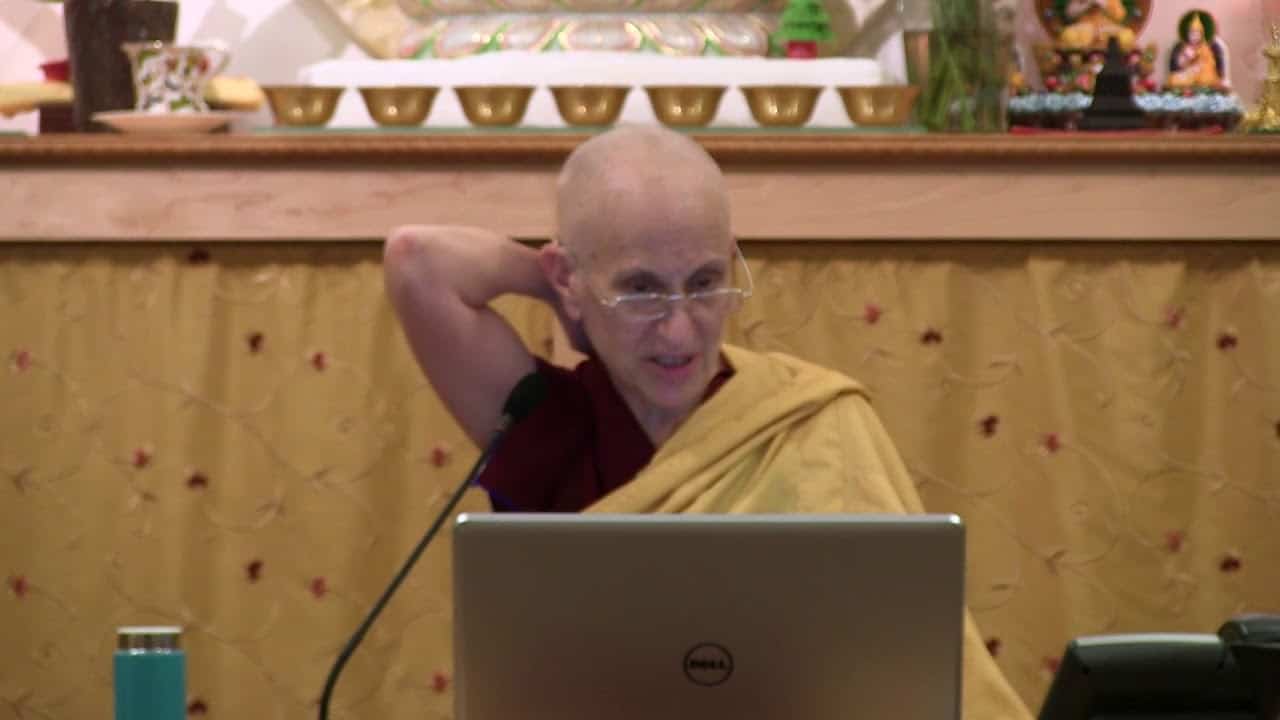The five faults and eight antidotes
The five faults and eight antidotes
The text turns to training the mind on the stages of the path of advanced level practitioners. Part of a series of teachings on the Gomchen Lamrim by Gomchen Ngawang Drakpa. Visit Gomchen Lamrim Study Guide for a full list of contemplation points for the series.
- The three kinds of laziness and their four antidotes
- Buddhist and secular mindfulness and their relation to ethical conduct
- Counteracting agitation and restlessness
- Coarse and subtle laxity versus lethargy
- The difference between introspective awareness and mindfulness
Gomchen Lamrim 119: The five faults and eight antidotes (download)
Contemplation points
- The first of the five faults is laziness, of which there are three types: sleeping and laying around, being busy doing things that don’t contribute to or actually create obstacles to spiritual practice, and discouragement.
- Which type of laziness do you struggle with most?
- What are the disadvantages of that type of laziness from your own experience? How does it cause problems for you?
- In the context of laziness with regards to your meditation practice, what are the antidotes that counter it when it arises in your mind? Work through each of the four given in the teaching – what about these antidotes make them particularly potent for helping you get to the meditation cushion?
- The second of the five faults is forgetting the instruction (the object of meditation).
- The antidote to this fault is mindfulness, but it’s important to be clear-clear about what is meant by mindfulness in this context. What is the difference between secular mindfulness and the mindfulness of Buddhist practice?
- What is it about Buddhist mindfulness that leads to meditative concentration that secular mindfulness cannot achieve?
- What is the role of ethics and wisdom in cultivating mindfulness?
- How can keeping silence facilitate mindfulness?
- The third of the five faults is agitation and laxity.
- Coarse agitation is scattering, distraction, wandering, the proliferating mind, restlessness that interferes with the stability of the mind in meditation. How have you seen this operate in your own practice?
- Coarse laxity is where the mind is foggy and the meditation object lacks energy, force, clarity. How have you seen this operate in your own practice?
- Although it isn’t the actual antidote, what is the role of Introspective awareness in meditation? How does it allow you to bring your mind back to the meditation object?
- Once introspective awareness has identified agitation and laxity, what are the actual antidotes to each?
- The fourth of the five faults is non-application of the antidote.
- How have you seen this in your practice? Have you been so engaged in a daydream, memory, or mental proliferation that you knew you should bring your mind back to the object but didn’t?
- What problems has this caused in your practice?
- Of course, the remedy is simply applying the antidote. What can you do to reinforce the importance of and build energy for applying the antidote in your meditation?
- The fifth of the five faults is over application of the antidote.
- Have you experienced this fault in your meditation session? What problems has this caused?
- The remedy to this fault is to remain equanimous, or as Venerable Chodron said, “to chill out.” Imagine applying this antidote in your session. How does it facilitate meditative concentration?
- Recognizing how these faults hinder your spiritual practice, resolve to watch your mind for these faults and quickly apply the appropriate antidotes.
Venerable Thubten Chodron
Venerable Chodron emphasizes the practical application of Buddha’s teachings in our daily lives and is especially skilled at explaining them in ways easily understood and practiced by Westerners. She is well known for her warm, humorous, and lucid teachings. She was ordained as a Buddhist nun in 1977 by Kyabje Ling Rinpoche in Dharamsala, India, and in 1986 she received bhikshuni (full) ordination in Taiwan. Read her full bio.


